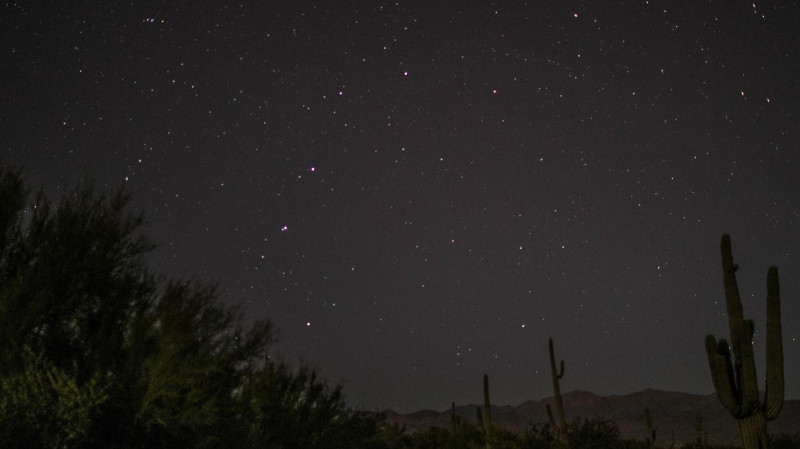The Underfunded, Disorganized Plan to Save Earth from the Next Giant Asteroid
June 30, 2015
It is a cold January afternoon on the peak of Mt. Bigelow, an hour’s drive north from Tucson, and the wind burns my face as I watch the colors of the desert sunset bleed into the foothills of the Catalina mountains.
This is the home of the University of Arizona’s Catalina Sky Survey, a secluded astronomical observatory whose mission it is to discover and monitor Near Earth Objects (NEOs), comets and asteroids which pass within roughly 120 million miles of Earth’s orbit and therefore have the greatest potential to obliterate humanity.
I traveled here with Eric Christensen, a University of Arizona scientist and the principal investigator for the survey, who is letting me tag along to observe for an evening. Christensen is 37, easy-going, and soft-spoken, with dark eyebrows accentuated by his shaved head. We unload groceries from his truck and haul them into the cramped combined kitchen-bedroom where he will be based for the next three nights while scanning the skies for NEOs—weather permitting, of course.
After he stores his groceries, Christensen and I watch the sunset and the mass of thunderclouds amassing on the horizon. “It’s not looking good,” he says.
….
















